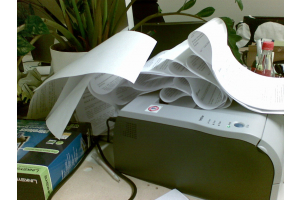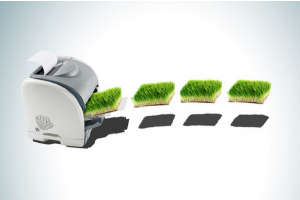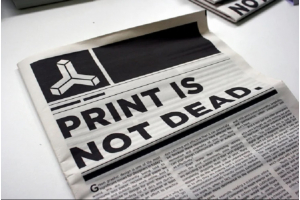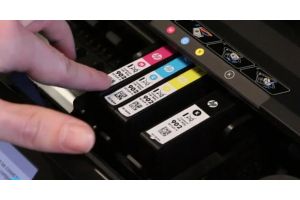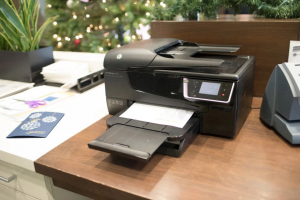We use cookies to make your experience better.
To comply with the new e-Privacy directive, you agree to the privacy policy and our use of cookies.
Everything You Need to Know About Printer Ink and Toner
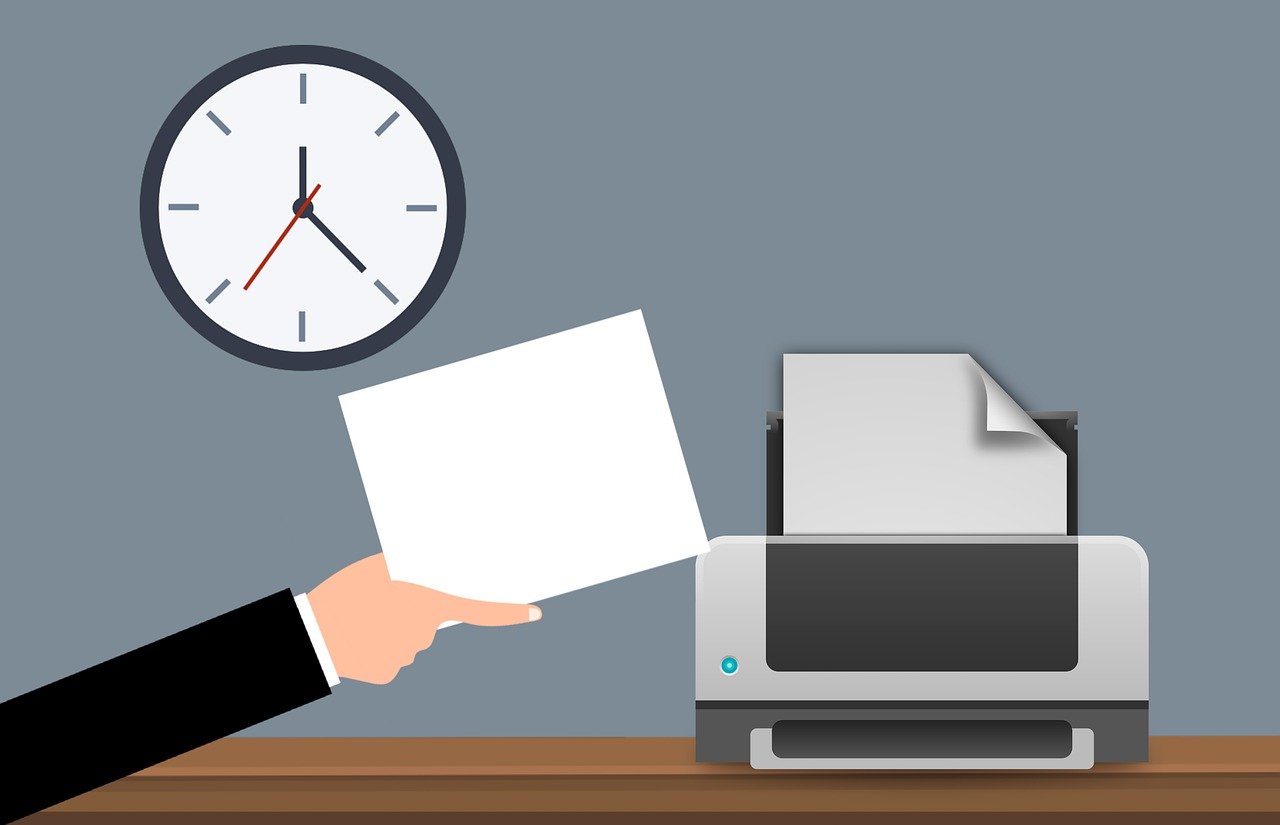
Ink is perhaps the oldest known human invention. It’s been used on cave walls, written on papyrus, made Gutenberg’s Bible possible and printed all the documents, books and papers sitting on your desk right now.
We’re a printing company, and ink and toner are our lifeblood. However, we understand that to most people the way ink works is probably a mystery. Here’s everything you need to know about what ink is, how it gets from the cartridge to the paper and how to make sure your colors are right.
WHAT IS INK?
Ink was created so humans could leave a record of thoughts and ideas. Early inks were made with carbon soot from fires, while Chinese inks dating back to 256 BC were made from fish glue. The toner in your desktop printer is made from a mixture of water, dyes or pigments and additives. (The additives give ink shine and fade-resistance, as well as helping it adhere to paper.)
The base ingredient of printer ink is usually oil; either linseed oil, soybean oil, or a petroleum-based oil. Colored ink are made with dyes/compounds like peacock blue, yellow lake, diarylide orange, and phthalocyanine green. The shade is adjusted through the addition of white pigments, such as titanium dioxide.
PRIMARY COLORS
Color printing typically uses ink of four colors: CMYK, or cyan, magenta, yellow, and black. When the primary colors of C, M or Y are combined, printers can create the whole spectrum of color. Mixing all three gives an imperfect black or a perfect grey. We recommend avoiding printers that use all-in-one tri-color cartridges. You waste ink when only one color runs out, but you must replace the whole cartridge.
WHY DO MY COLORS LOOK WRONG?
If you work with images or graphics of any kind, you may be aware that desktop programs use different starting values than your printer (RGB versus CMYK). That is often why the colors you expect to see on your printed document might be disappointing. The variation between red, green and blue (RGB) values, and a color wheel of cyan, magenta and yellow (CMYK) can make a big difference and result in different secondary and tertiary colors. If you want to learn how to solve this issue, read this blog post by one of our in-house print experts.
WHERE THE INK HITS THE PAPER
So how does ink work in a modern printer? In an inkjet printer, the print cartridges consist of a series of tiny chambers, each containing a heating element. An electrical current heats up the element, which causes ink to bubble within the chamber. The increase in pressure propels a droplet of ink onto the paper from the appropriate black, cyan, magenta, or yellow toner.
In a laser printer, a laser beam scans back and forth across a drum inside the printer, building up a pattern of static electricity. The laser creates areas of negative charge wherever black ink should be applied. The toner has a positive electrical charge, so it can be fused to the parts of the photoreceptor drum that have a negative charge.
STOP WASTING INK
Ink is not a precious commodity, but it does pay to avoid wasting ink and toner. We see over and over again that ink cartridge heads can dry out due to infrequent use. You can run ink tests to keep ink cartridges from becoming dried out and/or clogged. Choosing a different print mode can also save you money. The print window that pops up on your computer screen has several options available. Look for "draft," "grayscale" or other options that use less ink. Reserve the best printing for final copies and items being presented in professional settings. There's no need to waste ink on an internal copy that ends up in the files.
DID YOU KNOW? Certain fonts consume more ink than others. Times New Roman, Courier, and Garamond are solid choices in regard to ink and toner consumption whereas Arial depletes ink and toner cartridges at a far faster rate.
RECYCLE AND REUSE
Once your printer cartridge is empty, you should recycle it. Empty cartridges that end up in landfills take hundreds of years to decompose, while recycled ink cartridges can be made like new again. All the major printer manufacturers have cartridge recycling programs allowing you to ship your empties back at no cost. (You can find our program here.)
In addition, it is possible to have ink delivered “Just in Time,” or only when a machine reports it is running low. With this kind of service, you never have piles of unused toner in a closet somewhere. If your business needs toner and ink services or if you have any questions about this or any other print-related issues, please reach out to the print experts at the Gordon Flesch Company.

